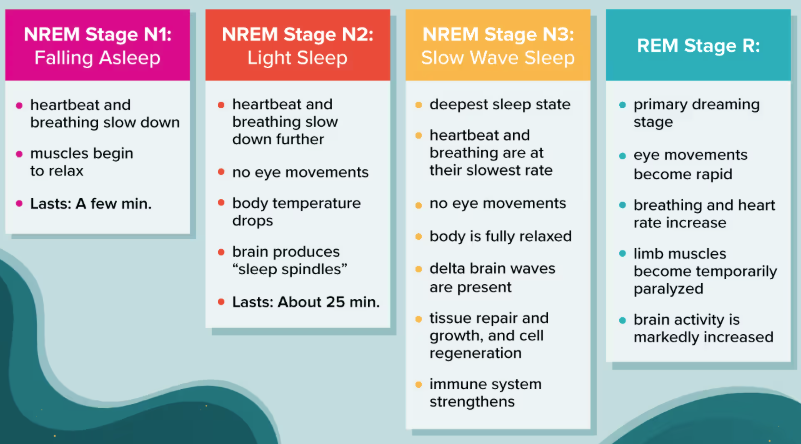7667766266
enquiry@shankarias.in
Why in news?
A recent study estimated that 80% or more people experience hypnic jerks at some point in life.

Reference